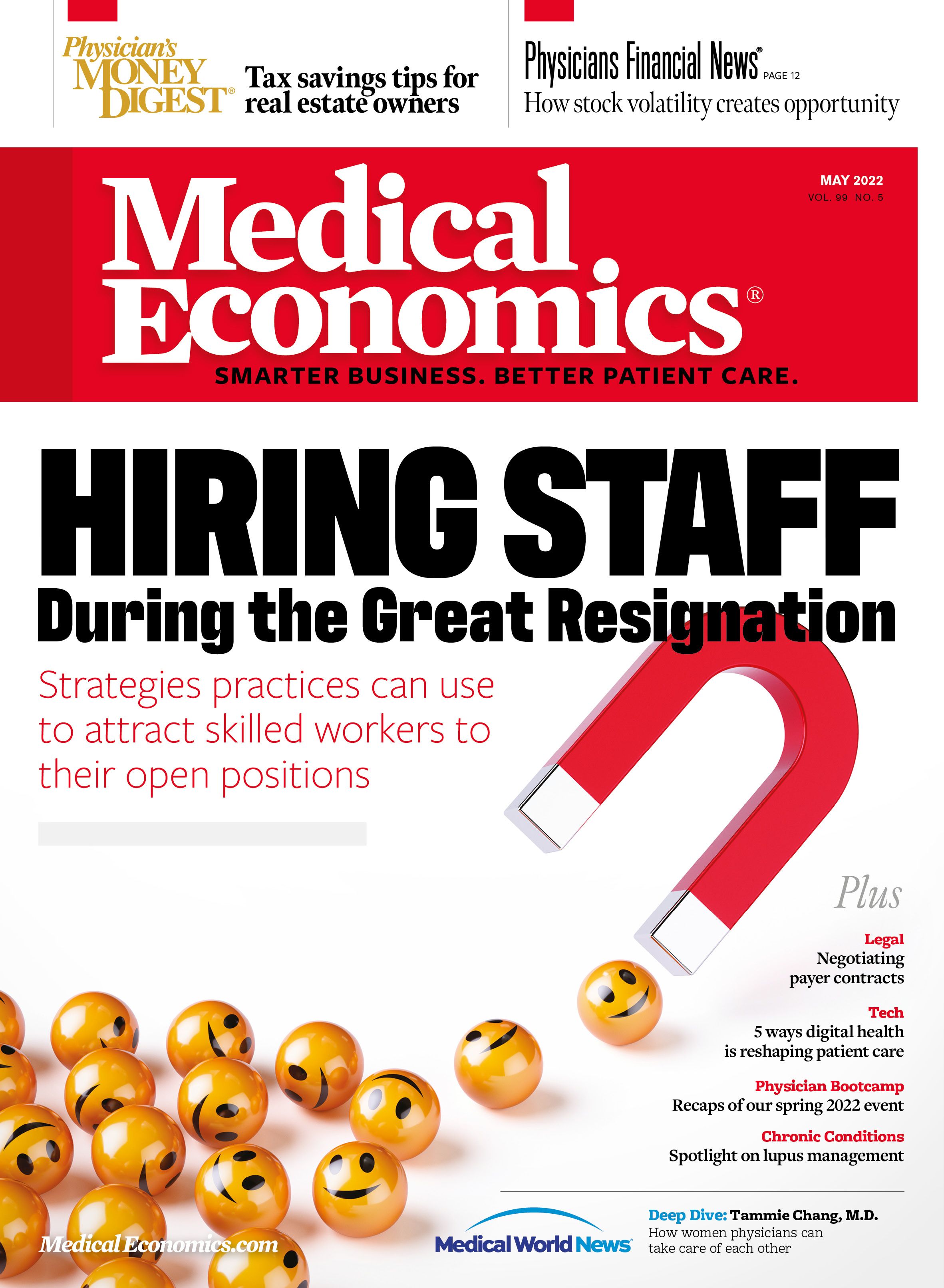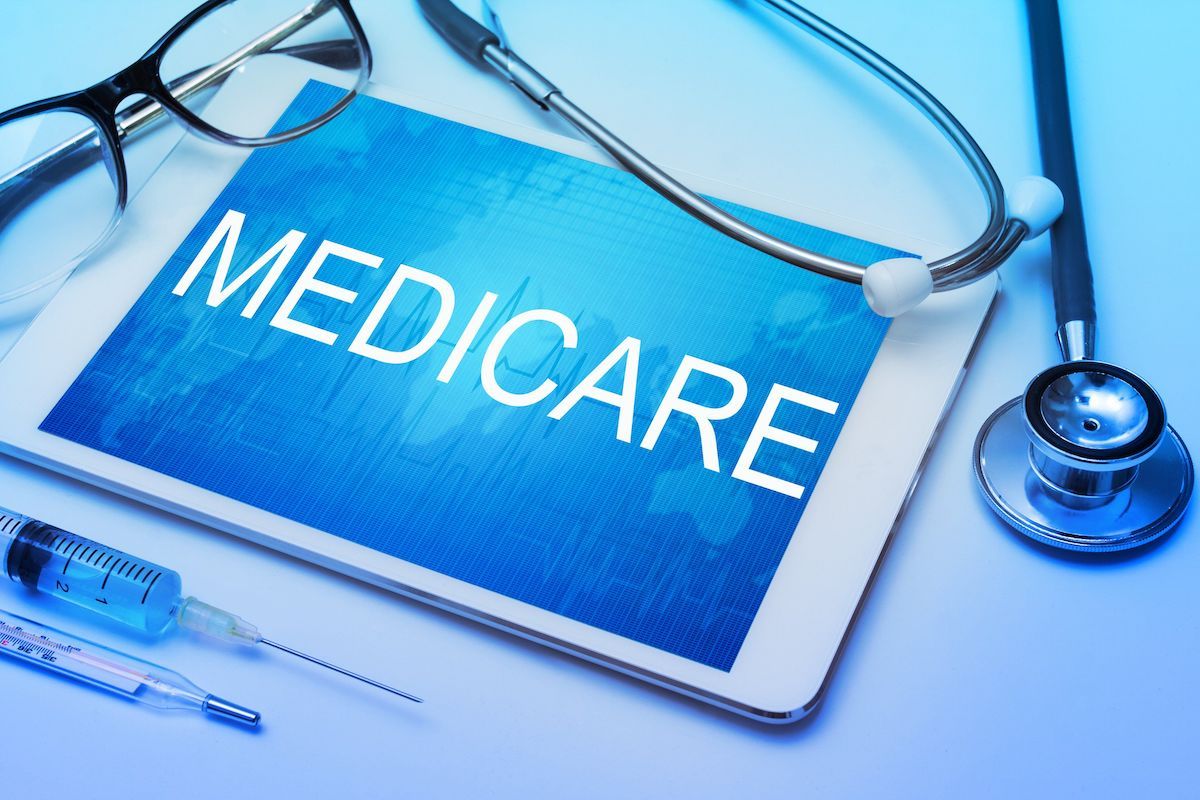Publication
Article
Medical Economics Journal
Bootcamp 2022: Address Patient Needs in 2022 With a Membership-Based Model
Shifting consumer attitudes can have negative implications for medical offices, but a membership model can help physicians deliver an enhanced service experience that yields an overall healthier practice.
See the full video presentation here.
INTRODUCTION
Health care consumers’ attitudes and expectations around primary care are rapidly evolving. In fact, 50% of patients have higher expectations of their doctors since before the COVID-19 pandemic, and nearly one in five patients considered changing physicians based on how they handled the pandemic. High-deductible plans and higher co-pays mean patients are paying more attention to how their health care dollars are spent and are looking for ways to get more for their money. Today’s health care consumers have many choices of where to go for care, and they are desiring better relationships with their doctors and requiring retail-like customer service. If they don’t get what they want, patients will simply switch providers. These shifting consumer attitudes can have negative implications for medical offices, but a membership model can help physicians deliver an enhanced service experience that yields an overall healthier practice.
LEARNING OBJECTIVES
Understand how the COVID-19 pandemic influenced patient trends in primary care and how membership-based models can address these evolving needs.
Learn how membership-based models can increase physician and patient satisfaction while generating predictable revenue for the practice.
Hear from physicians who transitioned to membership models how it positively impacted their patients and their careers.
MEET THE PANELIST
Chris Lillich, Chief Marketing Officer, MDVIP
Lara Hitchcock, M.D., FAAFP,Family Medicine
MDVIP-Affiliated Physician
Michael Stevens, M.D., Internal Medicine
MDVIP-Affiliated Physician
Growing Patient Demands Require
Innovative Care Models
T
oday’s health care consumers want more from their physicians than ever before. This trend has accelerated during the COVID-19 pandemic, and now patients desire the same level of service they receive from the nation’s top retail and hospitality companies.
Another reason patients expect more value from their primary care physicians is that more of the financial burden is falling on consumers’ shoulders. High co-pays and high-deductible health plans are more common and, as a result, patients are much more engaged in their care and what they are getting for every dollar. They want a closer relationship with their doctor that’s a two-way partnership for good health utilizing technology and data.
During the pandemic, many physicians struggled to meet these expectations. Almost a quarter of patients say their opinion of their doctor has changed since the COVID-19 pandemic began, and almost 20% of all patients are considering changing their doctor because of how they handled communication and medical needs throughout the health care crisis.
Patients now want more individualized care and are willing to share more information about themselves to get it. “This means patients will gravitate toward practice models that are delivering the personalized experiences they want and that can provide convenient digital tools for tracking and communication,” explains Chris Lillich, chief marketing officer, MDVIP.
Practices must also have a strong web presence. Consumers are increasingly relying on digital avenues to get a sense of a physician without ever visiting the office. Even those patients who get a referral from a friend or family member will use the internet to do their own research. “One of the first things a consumer sees when Googling a physician or practice is their ratings and reviews, and a positive online reputation is the No. 1 deciding factor in a patient choosing one physician over another,” says Lillich.
For independent physicians to succeed in our consumer-centric health care landscape, they need a solution to volume-based medicine, a model that’s not dependent on seeing more patients. The ideal model allows for unrushed visits with time to build more meaningful doctor-patient relationships, a focus on prevention, and the ability to research and follow up on cases,while having a predictable income and a better work-life balance.
Physicians who converted to a membership medicine model noticed a huge difference in the experience and care they can offer in a smaller practice. “Before, you couldn’t keep up with phone calls, you couldn’t answer patient questions, you couldn’t get people in to see you,” says Michael Stevens, M.D., an MDVIP-affiliated internist. “The pandemic brought on a tsunami of patients wanting information and wanting your time, and there was no way to keep up with it. After the transition to MDVIP, I was able to send out emails to all my patients every week on the latest information that was coming out of the CDC, and I was doing phone calls in real time with same-day callbacks to patients.”
Lara Hitchcock, M.D., FAAFP, a family medicine physician affiliated with MDVIP, believes the tools MDVIP provides to both the doctor and patients make it possible to really personalize the experience. There’s not only a portal with an associated app, but also exercises and nutrition resources she ties into the annual exam and wellness plan. “We do a body composition analysis as part of the program, and if patients lost any muscle from the year before, I’m able to compare one year to the next where they lost it and tell them what to focus on,” explains Hitchcock. “Right at the point of care, I’m able to look up exercises to give them.”
MDVIP gives doctors and patients the time they both want and need. While membership medicine may not be right for every practice, those who moved away from traditional primary care can encourage other physicians to ask themselves if they can keep practicing the way they do now for another 5 to 10 years. If the answer is no, now might be the right time to look at a new practice model.
Solutions & takeaways
- Be aware of ongoing changes in health care that are driving patient expectations and choice.
- Increase patient and physician satisfaction with a more personalized experience.
- Spend more time with patients and less time on paperwork.
- Focus on prevention and wellness, not just sick care.
- Improve physicians’ work-life balance and financial stability.






